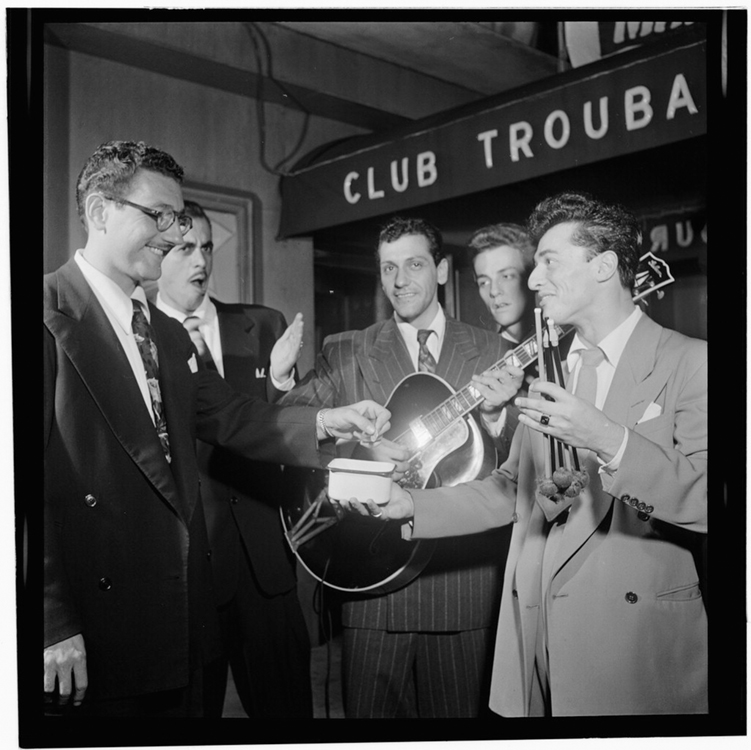| << Chapter < Page | Chapter >> Page > |
Sociologists distinguish subcultures from countercultures , which are a type of subculture that rejects some of the larger culture’s norms and values. In contrast to subcultures, which operate relatively smoothly within the larger society, countercultures might actively defy larger society by developing their own set of rules and norms to live by, sometimes even creating communities that operate outside of greater society.
Cults, a word derived from culture, are also considered counterculture group. The group “Yearning for Zion” (YFZ) in Eldorado, Texas, existed outside the mainstream, and the limelight, until its leader was accused of statutory rape and underage marriage. The sect’s formal norms clashed too severely to be tolerated by U.S. law, and in 2008, authorities raided the compound, removing more than two hundred women and children from the property.
Skinny jeans, chunky glasses, and T-shirts with vintage logos—the American hipster is a recognizable figure in the modern United States. Based predominately in metropolitan areas, sometimes clustered around hotspots such as the Williamsburg neighborhood in New York City, hipsters define themselves through a rejection of the mainstream. As a subculture, hipsters spurn many of the values and beliefs of American culture, preferring vintage clothing to fashion and a bohemian lifestyle to one of wealth and power. While hipster culture may seem to be the new trend among young, middle-class youth, the history of the group stretches back to the early decades of the 1900s.
Where did the hipster culture begin? In the early 1940s, jazz music was on the rise in the United States. Musicians were known as “hepcats” and had a smooth, relaxed quality that went against upright, mainstream life. Those who were “hep” or “hip” lived by the code of jazz, while those who were “square” lived according to society’s rules. The idea of a “hipster” was born.
The hipster movement spread and young people, drawn to the music and fashion, took on attitudes and language derived from the culture of jazz. Unlike the vernacular of the day, hipster slang was purposefully ambiguous. When hipsters said, “It’s cool, man,” they meant not that everything was good, but that it was the way it was.

By the 1950s, the jazz culture was winding down and many traits of hepcat culture were becoming mainstream. A new subculture was on the rise. The “Beat Generation,” a title coined by writer Jack Kerouac, were anticonformist and antimaterialistic. They were writers who listened to jazz and embraced radical politics. They bummed around, hitchhiked the country, and lived in squalor.
The lifestyle spread. College students, clutching copies of Kerouac’s On the Road , dressed in berets, black turtlenecks, and black-rimmed glasses. Women wore black leotards and grew their hair long. Herb Caen, a San Francisco journalist, used the suffix from Sputnik 1 , the Russian satellite that orbited Earth in 1957, to dub the movement’s followers “Beatniks.”
As the Beat Generation faded, a new, related movement began. It too focused on breaking social boundaries, but also advocated freedom of expression, philosophy, and love. It took its name from the generations before; in fact, some theorists claim that Beats themselves coined the term to describe their children. Over time, the “little hipsters” of the 1970s became known simply as “hippies.”
Today’s generation of hipsters rose out of the hippie movement in the same way that hippies rose from Beats and Beats from hepcats. Although contemporary hipsters may not seem to have much in common with 1940 hipsters, the emulation of nonconformity is still there. In 2010, sociologist Mark Greif set about investigating the hipster subculture of the United States and found that much of what tied the group members together was not based on fashion or musical taste or even a specific point of contention with the mainstream. “All hipsters play at being the inventors or first adopters of novelties,” Greif wrote. “Pride comes from knowing, and deciding, what’s cool in advance of the rest of the world. Yet the habits of hatred and accusation are endemic to hipsters because they feel the weakness of everyone’s position—including their own” (Greif 2010). Much as the hepcats of jazz era opposed common culture with carefully crafted appearances of coolness and relaxation, modern hipsters reject mainstream values with a purposeful apathy.
Young people are often drawn to oppose mainstream conventions, even if in the same way that others do. Ironic, cool to the point of non-caring, and intellectual, hipsters continue to embody a subculture, while simultaneously impacting mainstream culture.


Notification Switch
Would you like to follow the 'Introduction to sociology' conversation and receive update notifications?